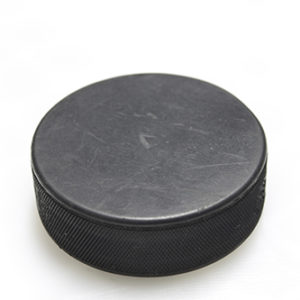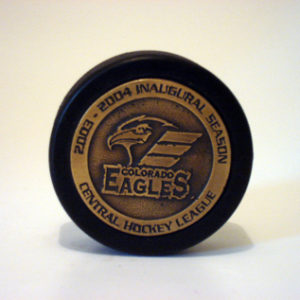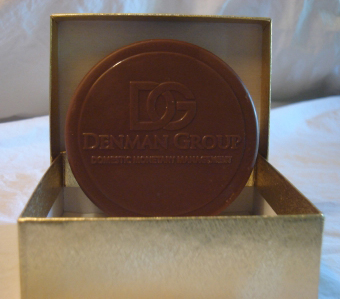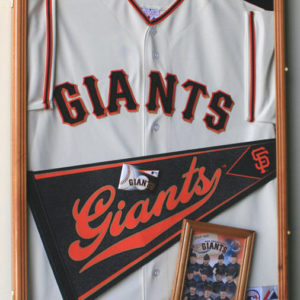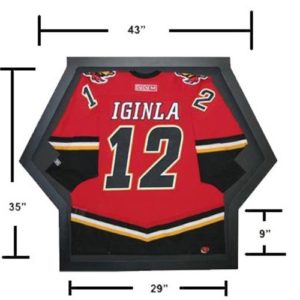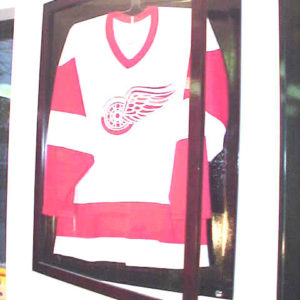Hockey Tactics
Why have hockey tactics, example of attack, example of defense, history of
teamtactics in war…
Hockey tactics exist because war, is based on strategy. Be it ice hockey,
field hockey or roller hockey, tactics are needed because competition sports
like these are healthy examples and enactments of warfare that prepare the human
body for productive physical activity. 2,500 years ago, the Chinese general and
philosopher Sun-Tzu once stated that the only time one should is attack is when
winning is certain. In ice hockey a strong defense can be the greatest offense
a team can make, if well planned. In the history of warfare, team players that
come together in small groups against equal forces, the winning players are not
necessarily the more powerful or faster, but those with great skills for
planning, preparation and gladiator tactics.
Small group team competitions like hockey have tactics as a direct result of
equal forces. The greatest of all tacticians have all been either military
leaders or team sports coaches. Lord Byron once wrote – While stands the
Coliseum, Rome shall stand; When falls the Coliseum, Rome shall fall; And when
Rome falls – the world (from Childe Harold’s Pilgrimage). Military strategy
would make the difference between life and death out in the Coliseum, and ice
hockey tactics are no different. Perhaps in those days, the
methods for making sure the rules and resources available to either side were
fixed, but not always. The balance between sides in terms of sheer human
physique, speed on the skates, maneuvering, power plays, and body checks are all
kept in balance; what puts one type aside from another are tactics.
The tactics of attack are what make a play successful, because the goal in
hockey is make goals. Take learning to “jam” for example as a popular attack
tactic. When a team makes a meaningful powerplay like the “jam”, the players
use their driving force all together to push the defense into a useless
“stance”, that will give any number of the attacking team players an advantage
over the goalie. Misdirection is also one of Sun-Tzu’s most famous attack plays
that took on excellent form through hockey. Misdirection is sticking around or
looking in “the other dirction”, being that away from where the puck is really
going, or you intend to skate.
Hockey tactics that work around defense everything in common with all other
military defense strategies also developed over the last 2,500 years as well.
The best defense it is said, is an excellent offense, and in any case, defense
is less desirable. Even when we defend, we should have our goal on the
opponents net. Misdirection the reason for a certain kind of defensive play,
but for example, a defenseman who crosses over while going backwards will gain a
certain amount of advantage, until the forward catches on to that he will switch
directions as soon as he sees the leg position. Quick turns, stop and go, are
just a few tactics that make defense skating skills so important. The puck
crosses over that red line and sometimes everything is placed in what kind of
skating prep was done before the game.
In any team sport, history has shown how tactics make the difference that
makes the difference. Whenever there is a larger number against a smaller
number, the tactics that have always made the difference are those that use a
situation to the leader’s advantage. From Sun-Tzu, Alexander the Great, Julius
Ceasar, Mark Anthony, Joan of Arc, William Wallace, Machiavelli, Napoleon to
General Patton, the use of war tactics have made the difference between the
survival of a nation or utter and total defeat. Those who choose not to follow
the rules of the “Art of War”, will not win, no matter how much voodoo or Ave
Maria’s they do. Hockey tactics are small scale close range combat strategies
and have been a part of military life since the first British soldiers to play
Hurley in Nova Scotia on the ice, if not before in other countries.
Hockey tactics exist to guarantee the win. The better strategy should always
win, especially in a balanced game like hockey, where the rules are very
strict. The goal is to get the puck into the opponents net, therefore, the
elements of attack must be well trained. The greatest defense is a good offense
and hockey tactics reflect the element of this rule, even when a defender is
cueing a forward, the elements of defense are to attack the forward and put the
puck back in the direction of the opponents goal. Many leaders throughout human
history have rules for both long-range and short-range close combat tactics and
hockey tactics reflect this. Hockey tactics are based on the strategies of
war.
Why have hockey tactics, example of attack, example of defense, history of
teamtactics in war…
Hockey tactics exist because war, is based on strategy. Be it ice hockey,
field hockey or roller hockey, tactics are needed because competition sports
like these are healthy examples and enactments of warfare that prepare the human
body for productive physical activity. 2,500 years ago, the Chinese general and
philosopher Sun-Tzu once stated that the only time one should is attack is when
winning is certain. In ice hockey a strong defense can be the greatest offense
a team can make, if well planned. In the history of warfare, team players that
come together in small groups against equal forces, the winning players are not
necessarily the more powerful or faster, but those with great skills for
planning, preparation and gladiator tactics.
Small group team competitions like hockey have tactics as a direct result of
equal forces. The greatest of all tacticians have all been either military
leaders or team sports coaches. Lord Byron once wrote – While stands the
Coliseum, Rome shall stand; When falls the Coliseum, Rome shall fall; And when
Rome falls – the world (from Childe Harold’s Pilgrimage). Military strategy
would make the difference between life and death out in the Coliseum, and ice
hockey tactics are no different. Perhaps in those days, the
methods for making sure the rules and resources available to either side were
fixed, but not always. The balance between sides in terms of sheer human
physique, speed on the skates, maneuvering, power plays, and body checks are all
kept in balance; what puts one type aside from another are tactics.
The tactics of attack are what make a play successful, because the goal in
hockey is make goals. Take learning to “jam” for example as a popular attack
tactic. When a team makes a meaningful powerplay like the “jam”, the players
use their driving force all together to push the defense into a useless
“stance”, that will give any number of the attacking team players an advantage
over the goalie. Misdirection is also one of Sun-Tzu’s most famous attack plays
that took on excellent form through hockey. Misdirection is sticking around or
looking in “the other dirction”, being that away from where the puck is really
going, or you intend to skate.
Hockey tactics that work around defense everything in common with all other
military defense strategies also developed over the last 2,500 years as well.
The best defense it is said, is an excellent offense, and in any case, defense
is less desirable. Even when we defend, we should have our goal on the
opponents net. Misdirection the reason for a certain kind of defensive play,
but for example, a defenseman who crosses over while going backwards will gain a
certain amount of advantage, until the forward catches on to that he will switch
directions as soon as he sees the leg position. Quick turns, stop and go, are
just a few tactics that make defense skating skills so important. The puck
crosses over that red line and sometimes everything is placed in what kind of
skating prep was done before the game.
In any team sport, history has shown how tactics make the difference that
makes the difference. Whenever there is a larger number against a smaller
number, the tactics that have always made the difference are those that use a
situation to the leader’s advantage. From Sun-Tzu, Alexander the Great, Julius
Ceasar, Mark Anthony, Joan of Arc, William Wallace, Machiavelli, Napoleon to
General Patton, the use of war tactics have made the difference between the
survival of a nation or utter and total defeat. Those who choose not to follow
the rules of the “Art of War”, will not win, no matter how much voodoo or Ave
Maria’s they do. Hockey tactics are small scale close range combat strategies
and have been a part of military life since the first British soldiers to play
Hurley in Nova Scotia on the ice, if not before in other countries.
Hockey tactics exist to guarantee the win. The better strategy should always
win, especially in a balanced game like hockey, where the rules are very
strict. The goal is to get the puck into the opponents net, therefore, the
elements of attack must be well trained. The greatest defense is a good offense
and hockey tactics reflect the element of this rule, even when a defender is
cueing a forward, the elements of defense are to attack the forward and put the
puck back in the direction of the opponents goal. Many leaders throughout human
history have rules for both long-range and short-range close combat tactics and
hockey tactics reflect this. Hockey tactics are based on the strategies of
war.

